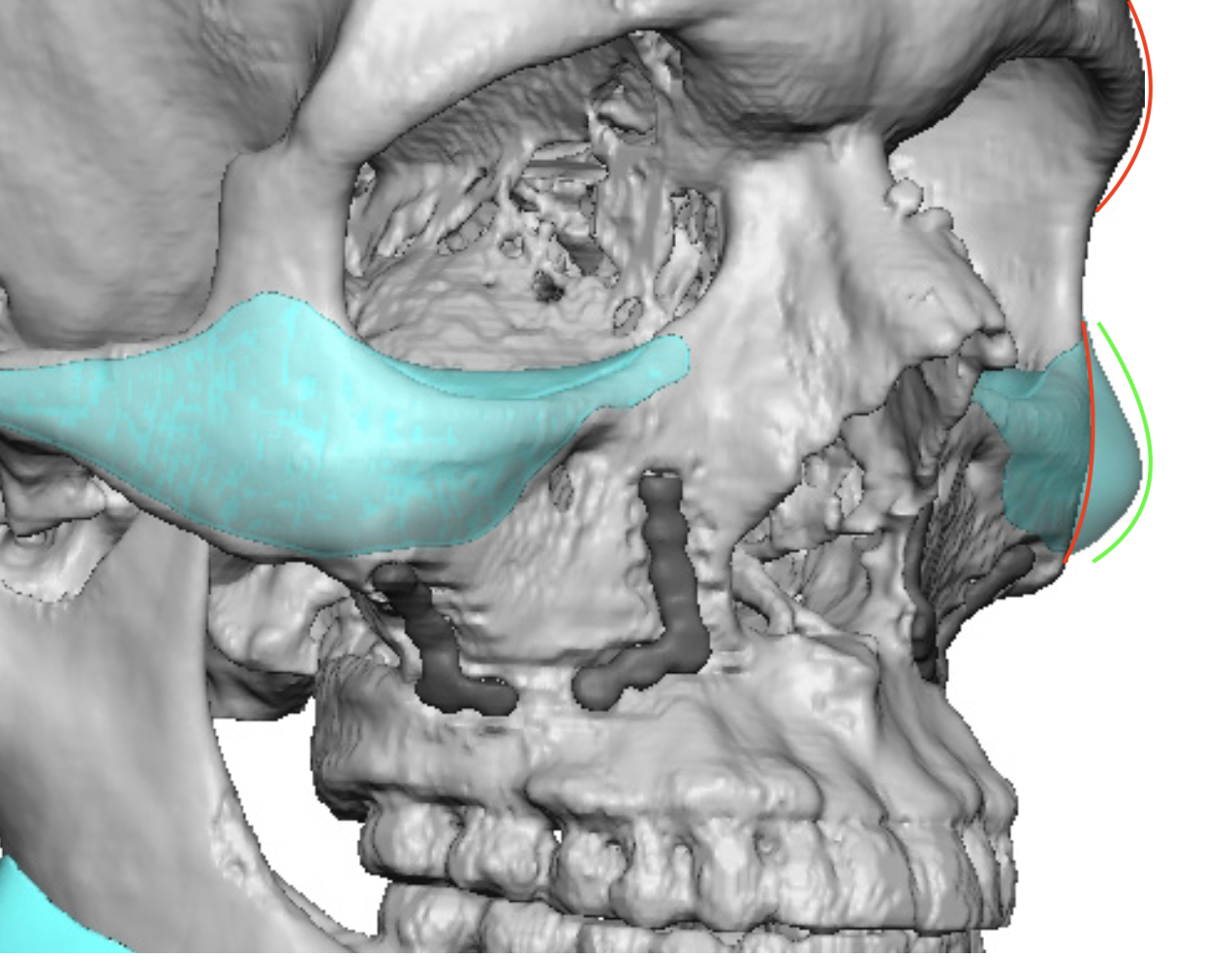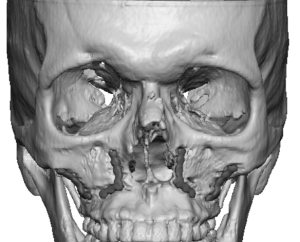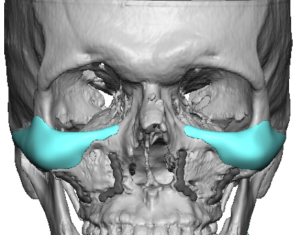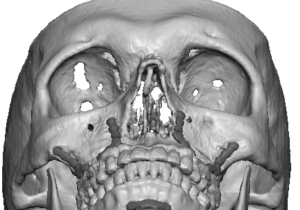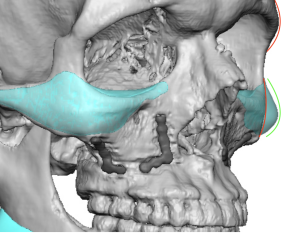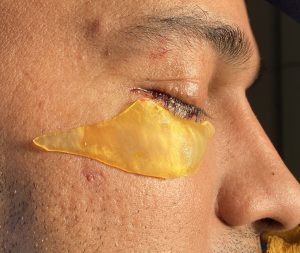Aesthetic augmentation of the midface has been traditionally done by off-the-shelf cheek implants. While different types of cheek implants exist they have their limitations based on the surface area of bone that they cover. Interestingly many styles of cheek implants are not designed to sit completely on the zygomatic major bone and to sit partially on the masseteric muscle fascia right beneath the bone. This is what creates the so called apple cheek effect which many females seek for their cheek augmentation.
But this lower anterior cheek augmentation effect is not typically what most men seek. They may desire that look if they have significant facial lipodystrophy and sunken in cheeks due to fat loss in more of a reconstructive approach. But from a pure aesthetic standpoint most men seek the classic high cheekbone look which historically has defied any exact method of doing so because no cheek implant has existed that create that effect. And when no standard implant exists to create a specific effect it is hard for surgeons to envision how to either create it or that even such an aesthetic facial need exists.
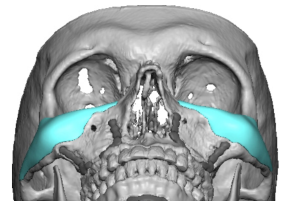
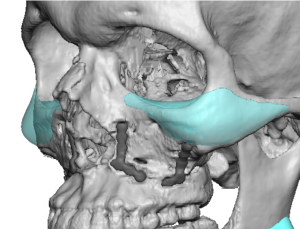
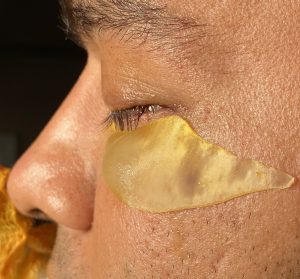

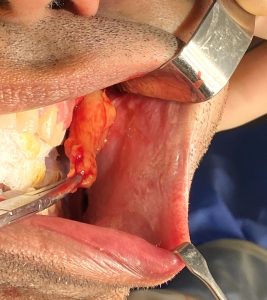
Dr. Barry Eppley
World-Renowned Plastic Surgeon

